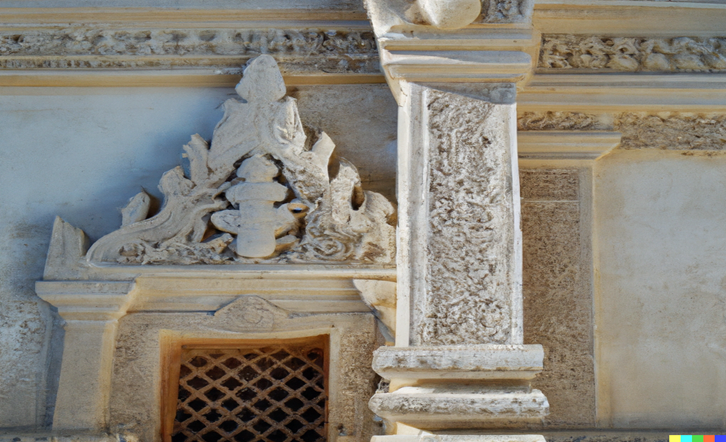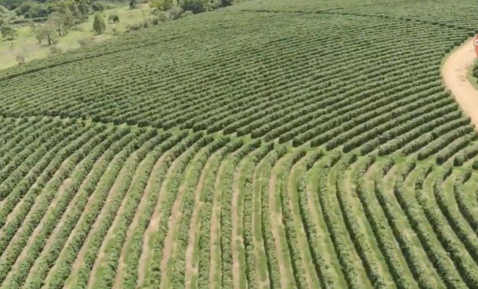Tubali Architecture: Africa’s Pioneering Role in Architectural Innovation
As the cradle of civilization, Africa has a rich history of architectural innovation that often goes unnoticed in mainstream discourse. One such architectural marvel is Tubali Architecture, a unique style that blends traditional innovative African building techniques with modern design principles. From its origins in ancient civilizations to its modern-day impact on global architecture, Tubali Architecture embodies a unique blend of sustainability, community-centric values, and indigenous techniques. Tubali architecture, a form of traditional Hausa architecture, represents a unique and innovative approach to construction and design, deeply rooted in the cultural and environmental context of Northern Nigeria. This blog aims to explore the rich heritage of Tubali architecture, shedding light on its spatial morphology, construction techniques, and significance in the context of conservation and restoration. Through a comprehensive analysis, we will demonstrate Africa’s pioneering role in architectural innovation.
The History and Significance of Architectural Innovation in Africa
The roots of Tubali Architecture can be traced back to ancient African civilizations that valued harmonious integration with nature. Indigenous communities utilized local materials and traditional techniques to construct sustainable structures that respected the environment.
Africa has a rich history of architectural innovation, with diverse cultures and civilizations leaving their mark on the continent. From the ancient pyramids of Egypt to the intricate mud-brick structures of West Africa, African architecture has always been a reflection of the people and their environment. However, it is only in recent years that Africa’s architectural potential has gained global recognition.
Tubali Architecture has been at the forefront of this architectural renaissance, pushing the boundaries of what is possible in African design. Their commitment to preserving African cultural heritage while embracing modern design principles has set them apart from other architectural firms. By blending tradition and innovation, Tubali Architecture has created a unique architectural language that celebrates Africa’s past while shaping its future.
Understanding Tubali Architecture
The traditional Hausa architecture, also known as Tubali, is a vernacular architectural style that has played a pivotal role in meeting the social, cultural, and religious needs of the Hausa community in Northern Nigeria. The influence of Islam, as well as the local climate, geography, and cultural heritage, has shaped the unique characteristics of Tubali architecture.
Spatial Morphology and Construction Techniques
- Triple Spaces Concept: The concept of triple spaces (inner core, central core, outer core) in compound family houses, along with the subdivision and development of the compound structure, reflects the intricate spatial morphology of Tubali architecture. This concept is closely associated with the layout of villages and towns, underscoring the spatial organization and significance of different areas within the compound.
- Building Materials and Construction Technology: The construction materials and techniques used in Tubali architecture are deeply ingrained in the local context. From the use of Tubali bricks, which are formed from a unique process involving trampling and shaping, to the utilization of fibrous trees such as ‘Azara’ for structural reinforcement, Tubali architecture represents a harmonious blend of indigenous construction materials and innovative building techniques.
Conservation and Restoration
The conservation, preservation, and restoration of Tubali architecture hold paramount importance in safeguarding this rich architectural heritage for future generations. By understanding the spatial morphology, construction techniques, and cultural significance of Tubali architecture, efforts can be directed towards the preservation and restoration of traditional residential settlements, ensuring the continuity of this architectural legacy.
The Role of Tubali Architecture in Sustainable and Eco-friendly Design
In an era of increasing environmental consciousness, Tubali Architecture is leading the way in sustainable and eco-friendly design. Their commitment to reducing energy consumption, minimizing waste, and promoting renewable energy sources has set a new benchmark for the industry.
Through the integration of passive design strategies, such as natural ventilation and daylighting, Tubali Architecture creates spaces that are comfortable and energy-efficient. They also prioritize the use of renewable materials and employ innovative technologies, such as solar panels and rainwater harvesting systems, to minimize the ecological impact of their projects.
Conclusion: Tubali Architecture’s Legacy in Shaping the Future of African Architectural Innovation
Tubali Architecture’s legacy in shaping the future of African architectural innovation is one of vision, creativity, and sustainability. By seamlessly blending tradition and innovation, Tubali Architecture has created a distinctive architectural language that celebrates Africa’s cultural heritage while embracing the opportunities of the future. Their commitment to sustainable design and community engagement sets a precedent for the industry, inspiring architects and designers to create spaces that are not only visually stunning but also socially and environmentally responsible.
As Africa continues to undergo rapid urbanization and development, Tubali Architecture’s contributions will be instrumental in shaping the cities of tomorrow. Tubali Architecture is not just a style; it’s a movement, a philosophy, and a tribute to Africa’s enduring spirit of creativity and resilience in the face of challenges. Let’s celebrate this remarkable legacy and pave the way for a brighter, more inclusive, and sustainable future through Tubali Architecture.
So, step into the world of Tubali Architecture and behold Africa’s architectural future.
Top of Form




